
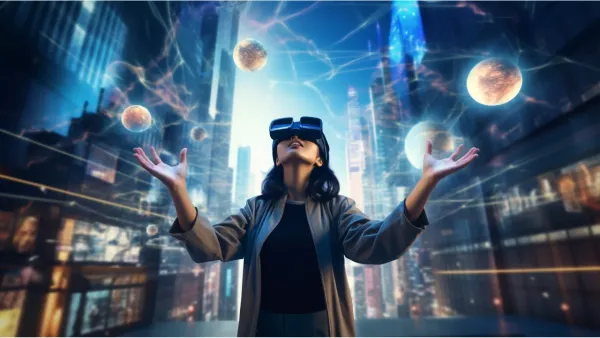
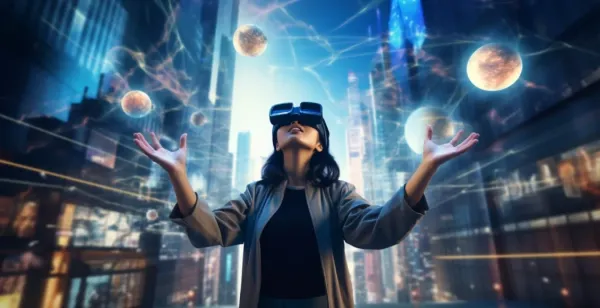
Highlights
- April-May 2025 saw major leaps in on-device AI, enabling faster, private, and more intelligent real-time processing across personal devices.
- Quantum computing entered a practical phase with IBM’s 1,000+ qubit processor and real-world climate modeling and finance applications.
- Edge computing merged with serverless architecture, revolutionizing IoT efficiency for smart cities, agriculture, and autonomous systems.
- Generative AI evolved into specialized productivity agents, transforming writing, design, and business operations workflows.
- 6G and satellite networks provide advanced global connectivity, with hybrid infrastructures supporting ultra-fast, low-latency communications.
- Cybersecurity and wearable tech innovations focused on AI-driven threat detection, post-quantum encryption, and seamless biometric integration.
April and May 2025 marked a significant leap in the evolution of the latest tech trends. As industries adapt to a digital-first world, emerging trends in artificial intelligence, quantum computing, edge networks, and sustainable tech take center stage. Companies revealed next-gen prototypes, countries proposed groundbreaking regulations, and the pace of innovation accelerated, especially in AI, telecom, and cybersecurity.
These trends are not happening in isolation. Instead, they are weaving together to create a dense, interconnected future that challenges industries to keep pace, adapt, and innovate. With AI, quantum computing, health tech, and green energy all advancing simultaneously, the stakes and opportunities have never been higher.
Artificial Intelligence Moves On-Device and Into the Real World
April and May 2025 saw a significant move towards on-device AI, powered by more efficient silicon and edge processing frameworks. Qualcomm’s Snapdragon X80 and Apple’s A19 chip introduced faster NPU capabilities, allowing phones and IoT devices to run large language models (LLMs) without cloud dependence.
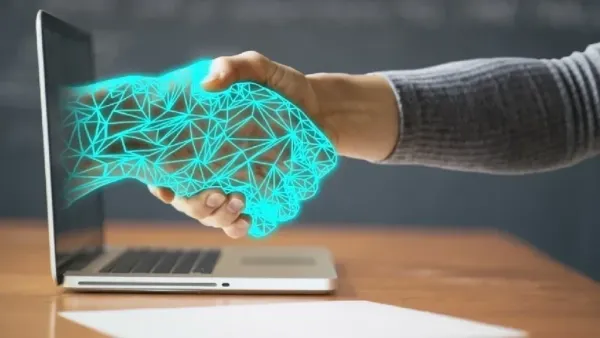
This transition to local AI processing has profound implications. It improves privacy, reduces latency, and enables offline capabilities in devices like smart glasses, security systems, and household appliances. For instance, Google’s latest Pixel 9 Pro runs Gemini Nano models directly on-device to offer instant translation, contextual suggestions, and image generation without an internet connection.
Visual tools like AR overlays in smart glasses (e.g., Ray-Ban Meta Smart Glasses) now leverage this trend to deliver real-time information seamlessly. These applications were prominently showcased at the Google I/O 2025 conference, where demos featured AI assisting in remote repair, training, and accessibility for users with vision impairment.
By late 2025 and into 2026, expect on-device AI chips to power not just smartphones but autonomous vehicles, industrial robots, and healthcare wearables. Privacy-first edge AI is also set to become a critical part of data compliance frameworks globally.
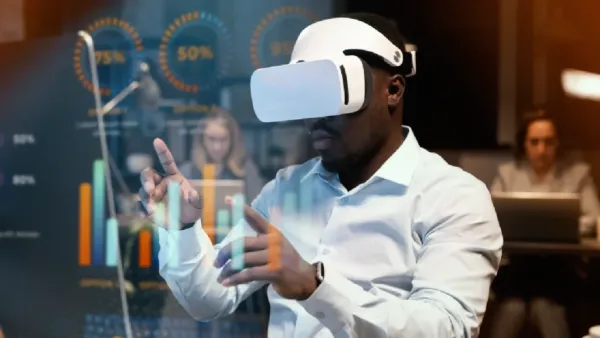

Quantum Computing Makes a Commercial Leap
In May 2025, the tech world received a reality check on quantum computing. During the IBM Quantum Summit, IBM unveiled its 1,121-qubit processor, Condor, which showed an unexpected leap in scalability and coherence stability. While quantum supremacy remains elusive, the focus has shifted from theoretical advantage to real-world problem-solving.
DHL and IBM are experimenting with quantum algorithms to optimize cargo routing, reducing fuel usage and transit times. Similarly, JPMorgan Chase highlighted quantum simulations that can model complex financial risk in milliseconds, something classical computers would struggle with.
Meanwhile, Google’s Quantum AI team demonstrated quantum supremacy in a new domain: climate modeling. It used quantum-enhanced simulations to predict ocean current shifts with greater accuracy than classical supercomputers.
Startups like Rigetti and PsiQuantum also released modular quantum processors that can be networked like GPUs, unlocking scalable architecture for enterprise applications.


Over the next year, hybrid quantum-classical systems will become more mainstream. Major cloud providers like Microsoft Azure and Amazon Braket will offer quantum services integrated with conventional AI platforms. Expect QCaaS (Quantum Computing as a Service) to become a buzzword by early 2026.
Edge Computing and Serverless Architecture Are Reshaping IoT
The intersection of edge computing and serverless architecture emerged as one of the most transformative trends of spring 2025. Fueled by advances in 5G/6G networks, this combination allows data to be processed locally at the device or near-edge node, without relying on traditional centralized cloud servers.
A notable example came from nLighten and Shell Spain, who launched a solar-powered micro data center network to support industrial IoT in remote oil fields. These units reduce carbon emissions and improve latency-sensitive operations like predictive maintenance and hazard detection.
This means bright traffic lights, factory robots, and agriculture sensors can act instantly, without querying distant servers. A pilot project in the Netherlands showed how edge/serverless hybrid networks reduced data latency by 70% in autonomous drone fleets used for surveying wind farms.
Additionally, NVIDIA unveiled Jetson Thor, a new AI edge platform enabling serverless deployment of computer vision models in robotics and logistics.
By 2026, serverless edge platforms will dominate logistics, manufacturing, and agriculture. Retailers also use them for in-store analytics, tracking footfall and behaviour in real time without violating customer privacy.
Wearables Become More Than Fitness Trackers
Another major trend from April to May 2025 was the evolution of wearable technology from fitness-centric to fully integrated health, safety, and productivity platforms. Devices like Oura Ring 4 and the Samsung Galaxy Ring added non-invasive blood glucose monitoring, hydration tracking, and real-time cortisol stress indicators.


Samsung debuted the Galaxy Ring, a sleek titanium band capable of tracking heart rate variability, blood glucose estimates, and sleep phases with clinical accuracy. Meanwhile, Humane’s AI Pin gained a significant software upgrade, enabling context-aware voice and gesture interactions.
Wearables are also making progress in workplace settings. The HaloGuard Pro Band, tested in construction sites, alerts workers about gas leaks, unsafe noise levels, and fatigue- health signals in real time and sends alerts to supervisors.
Look for biometric wearables to integrate with national health portals, offering continuous health monitoring and early disease detection. The insurance sector will likely provide incentives for users who share anonymized wellness data.
Generative AI Gets Specialized and Regulated
While generative AI has been the buzzword since 2023, April and May 2025 marked a shift from general-purpose chatbots to specialized AI agents. Tools like Suno for music, Ideogram for visual branding, and Sakana for bio-molecular design now offer purpose-built LLMs optimized for specific industries.
This verticalization has improved efficiency and accuracy, helping professionals use AI with far less prompt engineering. For example, architects using LookX AI can instantly generate blueprint iterations based on zoning rules and local codes.
At the same time, regulators have started to catch up. The European Union’s Digital Markets Act enforcement, which began rolling out in April, now mandates AI transparency, bias audits, and data origin disclosures.
By early 2026, compliance-ready AI APIs will become standard. Companies failing to meet these frameworks could face fines or product bans in key markets like the EU, Brazil, and Asia-Pacific.
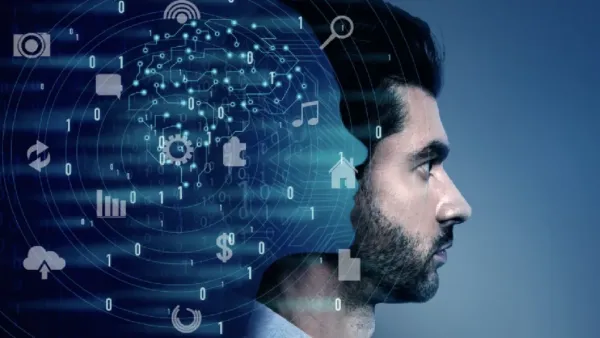

Sustainable Tech and Circular Innovation Take Off
April and May also emphasized sustainability and circular tech, especially in consumer electronics. Companies like Fairphone, Apple, and Lenovo revealed modular devices that are easier to repair, upgrade, and recycle.
Apple’s new MacBook Air Circular Edition uses 100% recycled aluminium and rare earth metals from e-waste and offers repair-friendly architecture. Startups like Framework and Loop Mobile are pioneering subscription-based circular ownership, allowing customers to swap parts or even entire devices as needed without discarding functional hardware.
Expect right-to-repair laws to become stricter globally. By 2026, companies that offer modular, repairable, and recyclable hardware may receive government subsidies or tax credits in markets like the EU and Canada.
Cybersecurity in the Age of AI and Quantum
The dual emergence of AI-driven threats and quantum decryption risks has reassessed global cybersecurity strategies. In April, a coordinated cyberattack on a logistics conglomerate used generative AI to bypass email filters and deepfake C-suite voices.
In response, Microsoft, IBM, and CrowdStrike are investing in quantum-resistant encryption and AI-augmented firewalls that detect synthetic content anomalies. Another milestone came from IBM and NIST, who jointly published guidelines for quantum-resilient encryption algorithms. These post-quantum cryptographic (PQC) standards are being adopted by financial institutions and defence agencies anticipating quantum threats within the next five years.


The European Union also passed the Digital Resilience Act, mandating that all IoT devices sold after 2026 include zero-trust architecture, updatable firmware, and EAL4+ certified elements.
By mid-2026, most enterprises must implement post-quantum cryptography standards (such as NIST’s PQC algorithms) and train AI systems to spot not just intrusions, but AI-powered impersonations and data poisoning attempts.
6G and Satellite-Based Connectivity Begin Field Tests
Connectivity made a significant leap forward in May 2025, as 6G field trials and satellite broadband rollouts accelerated. Ericsson, Huawei, and Samsung initiated 6G use-case pilots across Asia and Europe, showcasing speeds of 100 Gbps and applications with 1-millisecond latency.
Meanwhile, Amazon’s Project Kuiper launched its first public beta in the US, connecting remote communities with 200 Mbps satellite broadband. Starlink also expanded its global footprint, supporting maritime, aviation, and military applications.
In May, Starlink introduced its Gen3 Mini satellite receivers, compact enough to be embedded in vehicles and off-grid installations. These systems enable ubiquitous low-latency broadband, which is especially valuable for rural healthcare, education, and emergency response.
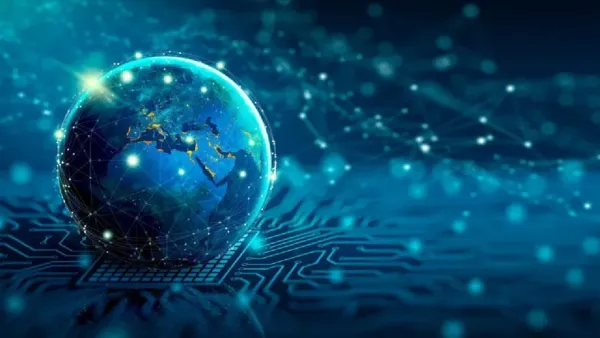
The convergence of 6G and satellite broadband was demonstrated during the ITU 6G Futures Summit, where a testbed in South Korea streamed 16K video over a hybrid 6 G-satellite link with near-zero buffering.
By 2027, 6G could power holographic communication, smart city traffic grids, and real-time remote surgeries. Satellite broadband, paired with edge AI, will bring digital equality to underdeveloped regions, spurring education, commerce, and telemedicine.
The Takeaway for Tech Enthusiasts and Industry Leaders
April and May 2025 were months of transformation and clarity. Rather than isolated hype cycles, the technology world saw interconnected trends. By keeping a close eye on these emerging technologies, readers can anticipate what is next and what it means for business, society, and the future of human-machine collaboration. Whether it is the proliferation of on-device AI, the commercial pragmatism of quantum computing, or the advent of ambient wearable interfaces, every trend suggests that we are entering an era of readily available and universal intelligence and invisible infrastructure.
-
Carlos Alcaraz shows his class with gesture midway through French Open final

-
Carlos Alcaraz shows his class with gesture midway through French Open final

-
Carlos Alcaraz shows his class with gesture midway through French Open final

-
How a Kalahandi Farmer Transformed His Life with Marigold Cultivation

-
Who is Ed, the pet zebra airlifted back home after a whole week
